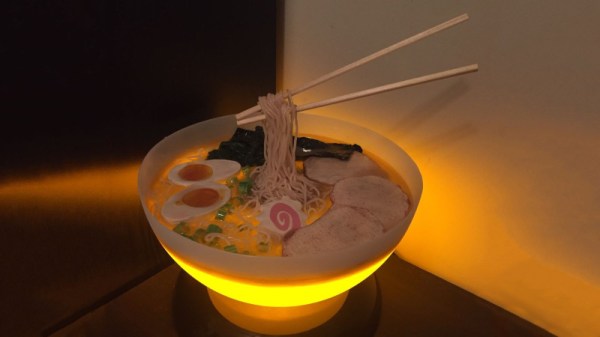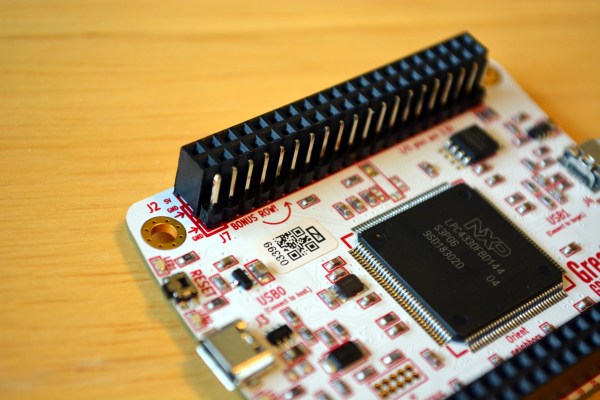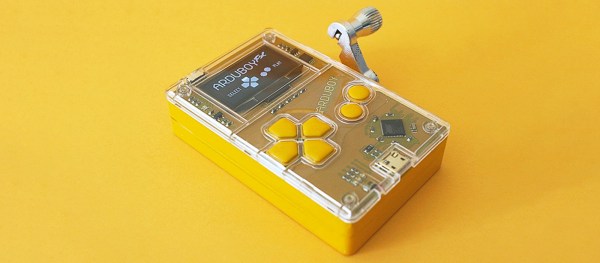Ramen comes in many forms, and whether you’re eating the 10 cent instant packets during the school year, or dining out at a fancy noodle bar, it’s a tasty meal either way. [ramenkingandi] has long been in love with the classic Japanese fare, and decided to create a homage to the dish – in lamp form.
The lamp build begins, somewhat unsurprisingly, with a lamp – but not how you’d think. A Walmart floor lamp is harvested for its lampshade, which approximates the dimensions of a typical ramen bowl. It’s then fitted with warm yellow LEDs to give it a pleasing glow. Polymer clay is used to create fake ramen ingredients – including noodles, pork, and choy sum. Jewelery wire is used to suspend the chopsticks in mid-air, before resin is poured into the bowl and the ingredients arranged on top. For a final touch, the bowl is painted with an artistic stripe to hide the electronics inside, and the lamp is complete.
It’s a great example of fake Japanese food, which is actually a huge industry in that part of the world. We’d love to have this lamp on display in our own home, fully expecting ramen consumption to increase considerably over time.
Lamps are a common feature around these parts – and some of them have even learned to leap.















